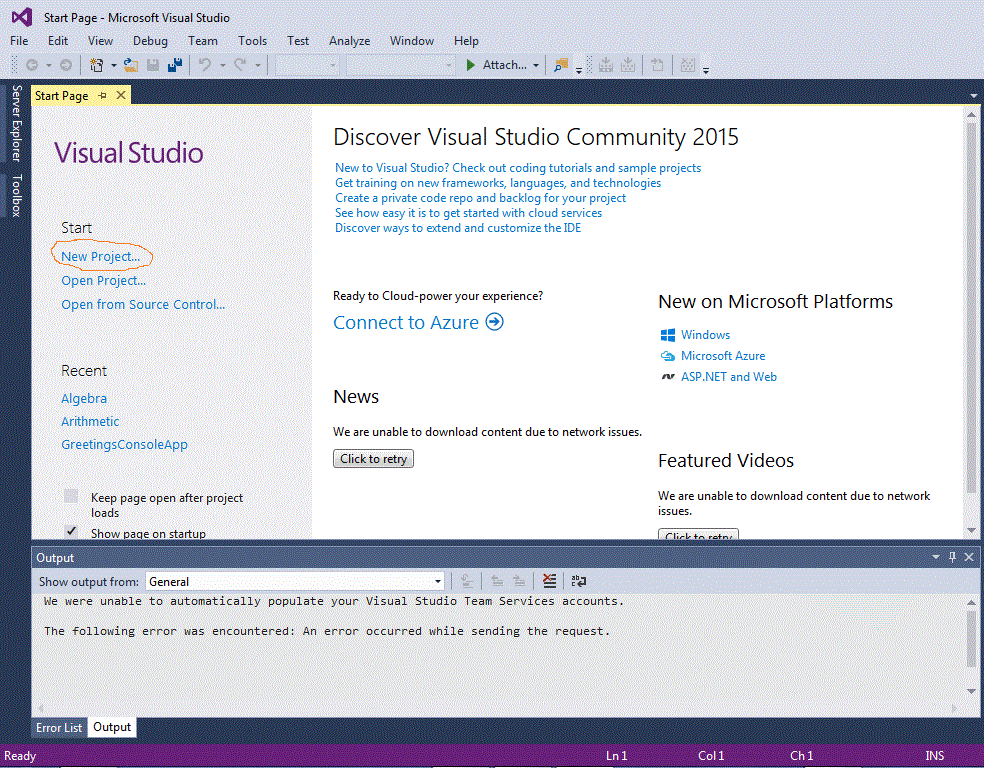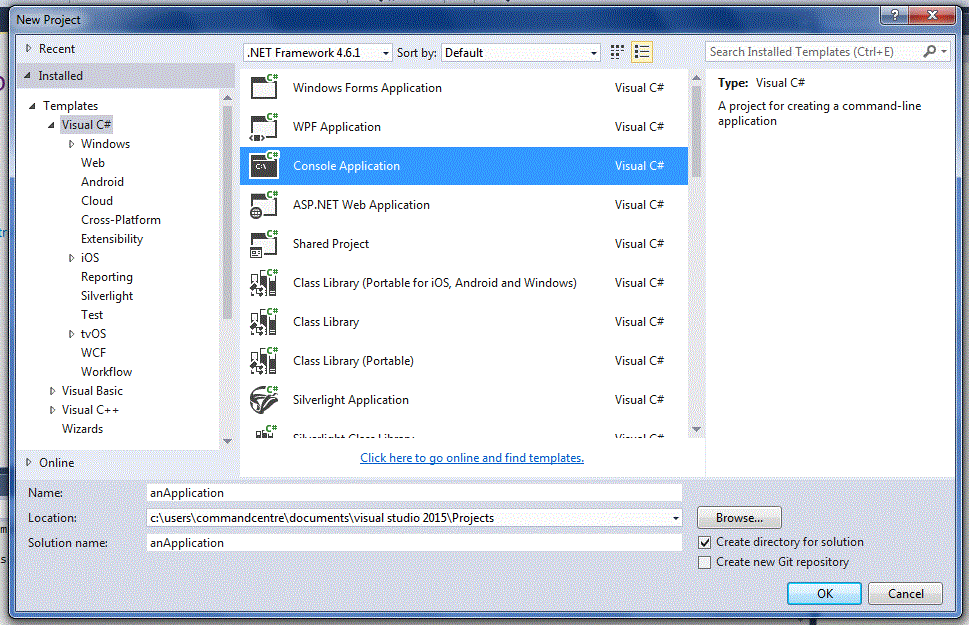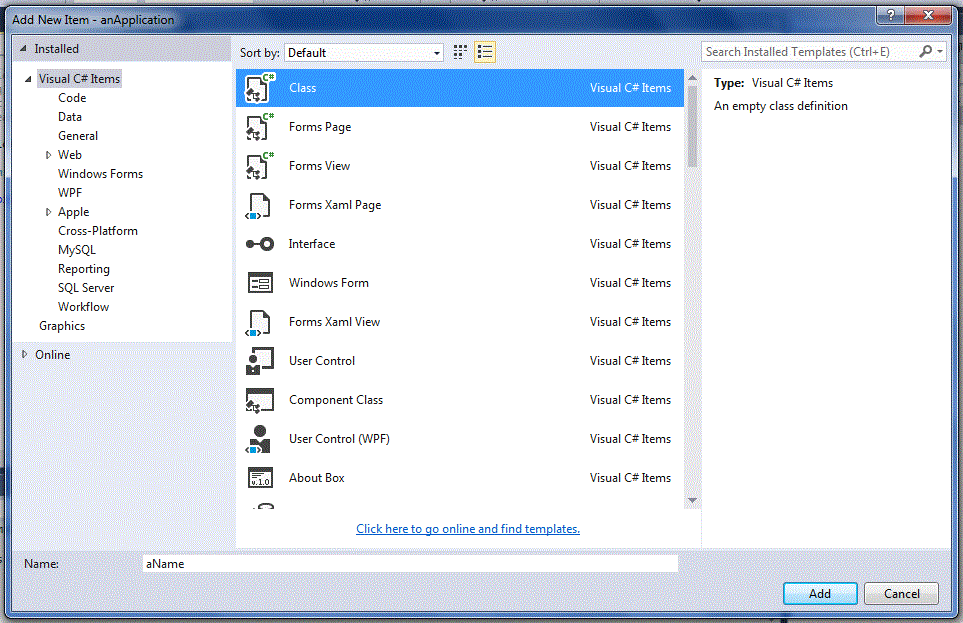Junior-Level C# Coding Prerequisites - What You Need!
Before you begin coding in C# as a beginner or junior secondary student, it's important to understand how Visual Studio works. This beginner C# tutorial will guide you through setting up your development environment.
Go ahead and download Visual Studio
if you don't have it already.
Hey, the Community version is free!
How to Set Up Visual Studio for C# for Junior Secondary Students
If you are a beginner or junior secondary student, creating a new project on Visual Studio is simple:
On the Start Page of Visual Studio, click New Project.
Select Visual C# and Console Application (for our purpose)
under the .Net Framework header.
Give the project a name. Click OK.
If you are a beginner or junior secondary student, creating a class file is straight-forward:
Click Project, Add Class.
Select Class, give the class a name and click Add.
Running C# Codes for Junior Secondary Students
For the beginners or junior secondary students, you have to first make sure your C# code contains no errors.
You may also want to see your C# code's output before you get to building it.
To see your C# code's output, set a breakpoint at the closing brace(}) of the static void Main(string[] args)
statement in the main class:
Click on the left area of the } line to highlight it;
click Debug at the top of the window, Toggle breakpoint;
a red dot appears on the } line.
Press F5, (click Yes) to see the project run to completion;
or just click the Start button at the top.
Alternatively, click Debug >> Start Without Debugging (Ctrl F5)
to see your C# code output.
Notice: Our C# colour coding follows that of Microsoft's Visual Studio.
Introductory C# Tutorial for Junior Secondary Students
For a beginner-friendly C# tutorial for kids and junior secondary students, summarised to only the key facts to help young learners
comprehend the C# language and get started with utilising C# for coding, check our
A beginner's Tutorial and Guide to the C# Programming Language
from the Primary Category.
Visual Studio Start Page

Visual Studio New Project

Visual Studio New Class

